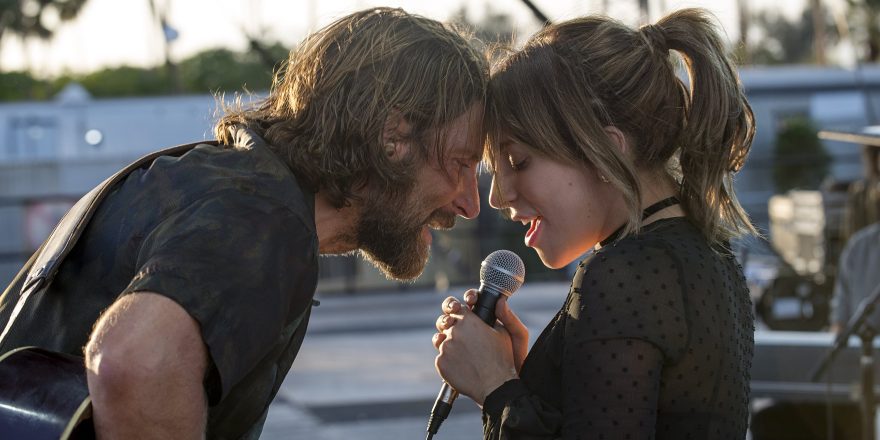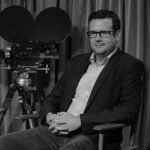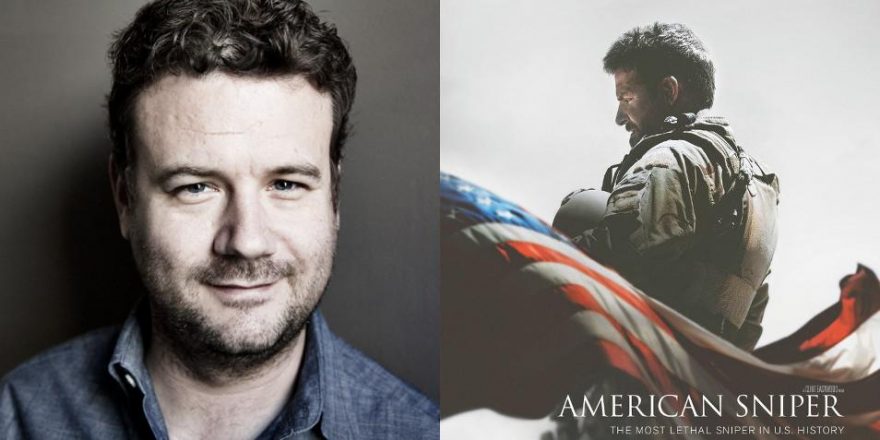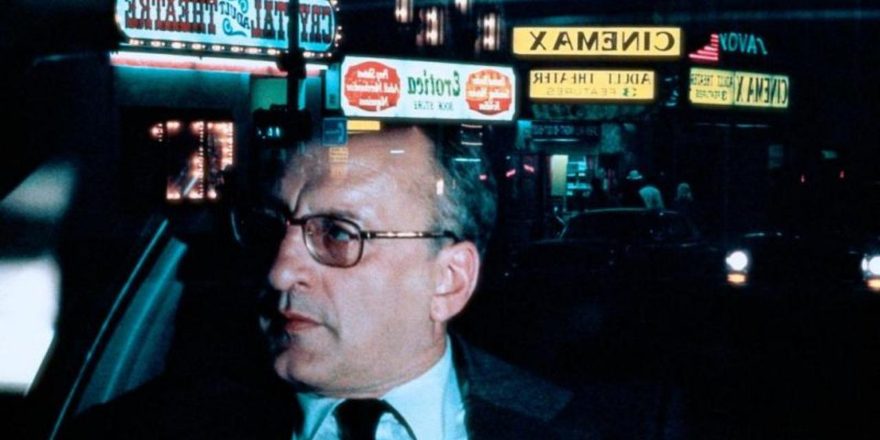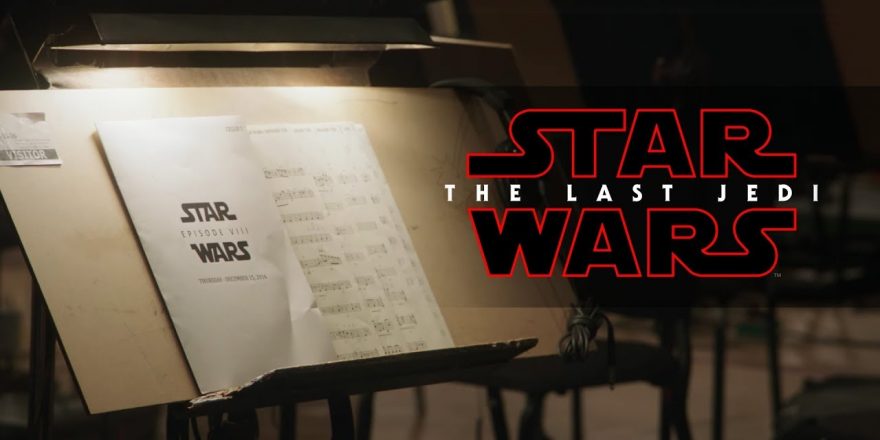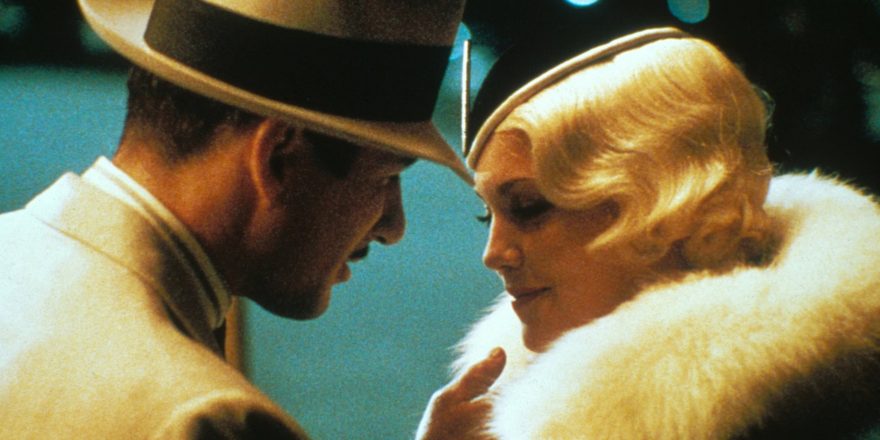How long does one need to sit with a movie before calling it one of the all-time greats?
A few years ago, I heard Paul Schrader say that you can’t really put a movie in the pantheon until it’s at least 10 years old, and I get what he’s saying; there are certainly countless films most of us now revere (It’s a Wonderful Life, Blade Runner, The Shining) that received mixed responses or worse on their initial releases, and an equal number that were celebrated in their time but are now more or less forgotten. (Does anybody today really believe that 1981 Best Picture winner Chariots of Fire is a better movie than Blow Out or Body Heat or Thief, or any number of other great films from that year?) Every once in a while, though, I come across a movie that I’m immediately sure will endure for as long as there are movies and people to watch them, and I get that sense not just after one viewing but before that viewing is even over. It happened while I was watching GoodFellas on opening weekend, and during Eastwood’s Unforgiven, and Boogie Nights, and now it has happened again with Bradley Cooper’s A Star is Born. As confident as it is ambitious and as overflowing with disparate pleasures as it is utterly controlled and cohesive, it’s the most impressive directorial debut by an actor since Robert Redford’s Ordinary People – maybe since Charles Laughton’s Night of the Hunter. It’s one of those rare movies that grabs you from the opening shot and then just gets better and better with each passing scene; within the first few minutes, you know you’re in the hands of a born filmmaker and can just sit back with the trust that your faith will be rewarded – which it is, many times over.
Those first few minutes of A Star is Born serve as a microcosm of many – but far from all – of the avenues that Bradley Cooper, as co-writer, director, and star (as well as co-composer of many of the songs), explores over the course of the film. It opens with a deafening roar of crowd noise as singer-songwriter Jackson Maine (Cooper) takes the stage to perform the opening musical number; we watch him perform his song, then follow him from the stage into the insulated silence and isolation of an S.U.V. whisking him away from the show. Immediately, Cooper establishes the subjective approach he adopts for the entire film, immersing the viewer in Jack’s point of view; in the same way that the camera stays inside the boxing ring in Raging Bull, it never leaves the stage in A Star is Born’s concert sequences, giving the viewer a vivid and overwhelming sensory experience of what it’s like to be a performer. When Jack leaves the stage for his S.U.V. and takes a trip to a local bar, where he meets the film’s heroine, Ally (Lady Gaga), our identification grows even more immediate as Cooper creates a palpable sense of what it’s like for this guy to be famous – of how the world both expands and contracts for a celebrity, and how the sound of being famous is one of overwhelming cacophony, interrupted by moments of dead quiet, and then back again. Yet for all the intensity with which Cooper links us to Jack’s perspective, he just as powerfully and directly connects us to Ally when she’s introduced; for the rest of the film, Cooper deftly shifts point of view not just between Jack and Ally but among a supporting cast that includes a Sam Elliott as Jack’s brother, Andrew Dice Clay as Ally’s dad, and Dave Chappelle as Jackson’s old friend.
The result is a film with the breadth of an epic ensemble piece and the intimacy and undiluted emotional impact of a character study by Bergman or Cassavetes. And it’s not just a movie of multiple points of view – it’s a movie of multiple subjects and even multiple styles and genres, all of which are kept in perfect tonal balance by Cooper. The love story at the core, between a male artist on his way down and a female artist on her way up, is the same one that has been filmed at least three previous times (most famously in 1954 with James Mason and Judy Garland and in 1976 with Barbra Streisand and Kris Kristofferson), but Cooper, without sacrificing a bit of the romance’s force and passion, builds upon it to create something much more expansive. This isn’t just a great love story, it’s also an intricate examination of how we’re shaped by our families, a sophisticated inquiry into the links between self-destructiveness, self-awareness and celebrity, and a richly observed portrait of what it takes to be an artist – how much of it is hard work, how much natural talent, and how the adulation and resentments of those not willing to do the former and not in possession of the latter mess with an artist’s head. And how artists in turn mess with those closest to them. This is just scratching the surface of a movie that’s also more honest and detailed in its depiction of addiction than any of the previous versions of A Star is Born, and that finds time throughout its 135 minutes for dozens of moments that are self-contained treasures, mostly having to do with small gestures expressing the tensions and bonds in relationships that have evolved over the course of decades. And A Star is Born is as satisfying in the big moments as it is in the small ones, reaching heights of delirious spectacle in the enormous musical set pieces (most of which reportedly had to be shot on the fly by Cooper and his crew a few minutes at a time during preexisting concerts).
Amazingly, Cooper does all of this in less screen time than either the Mason-Garland or Kristofferson-Streisand versions of A Star is Born – his script, co-written with Eric Roth and Will Fetters, is as compact as it is complex, with each scene and each character serving multiple purposes at once. It’s a rock-solid piece of writing, filled with insight and incident but as cleanly structured as the best of Robert Towne or Lawrence Kasdan, and it would have made for a great movie even if shot in a fairly pedestrian manner. What makes A Star is Born a masterpiece is the way Cooper and cinematographer Matthew Libatique take this script and add further dimension and resonance to it through their elegant, expressive visual style. That shifting point of view I mentioned is beautifully conveyed through camera movement and color, as the filmmakers do subtle things to illustrate Ally’s frame of mind as she enters Jack’s world as an adjunct, then as she becomes a full partner, then ultimately eclipses him – simply by tracking the color red throughout the film one can follow the ebb and flow of Ally’s power as a performer and a woman. Every choice Cooper and Libatique make, from shooting Jack with vintage anamorphic lenses that emphasize the flares and haze (to show both the intoxicating spectacle of his life and its instability) to deciding when to keep those lenses close and when to pull them back, puts the viewer in the specific emotional and intellectual state the director intends – yet this is the opposite of a closed-off, manipulative movie where there’s no room for the audience to contribute. Like Scorsese, whose work (particularly The Last Waltz, New York, New York and Life Lessons) this film strongly resembles, Cooper has somehow figured out how to marry the precision of a Hitchcock or Kubrick with the emotional generosity and psychologically probing nature of a Cassavetes or Kazan.
I’m not entirely sure how Cooper achieves this effect, any more than I am of how Scorsese does it, but I suspect it has something to do with having a firm command of the tone and visual language of the piece while giving his actors total freedom to explore. Every single person in this movie is as good as they’ve ever been on screen, seemingly revealing new sides not only of their characters but also of themselves (there’s a meta aspect to a lot of these performances that Cooper milks for all they’re worth). The undeniable standout is Lady Gaga, whose performance here goes far beyond what we typically think of as great acting and moves into the territory of, say, Gena Rowlands in A Woman Under the Influence. The role requires her to play every note on the emotional scale from the depths of despair to the joyous exuberance, and Gaga is flawless in every scene. Her work proves the cliché about the specific becoming universal, as she plays each moment in surprising, unique ways and makes bold choices no other actress would conceive of, yet gives each of those moments a profound and affecting sense of recognition for the audience – every triumph and every heartbreak feels utterly honest and relatable, and it all builds to one of the most emotionally shattering finales I’ve ever encountered in a movie. It’s one of Cooper’s many triumphs that in the finale he pulls the dozens of themes he’s been playing with for 135 minutes together into one gorgeously distilled moment of tragedy, celebration, longing, resignation and survival that reveals he was telling a simple, classical love story all along. It’s a scene, and a movie, for the ages.


